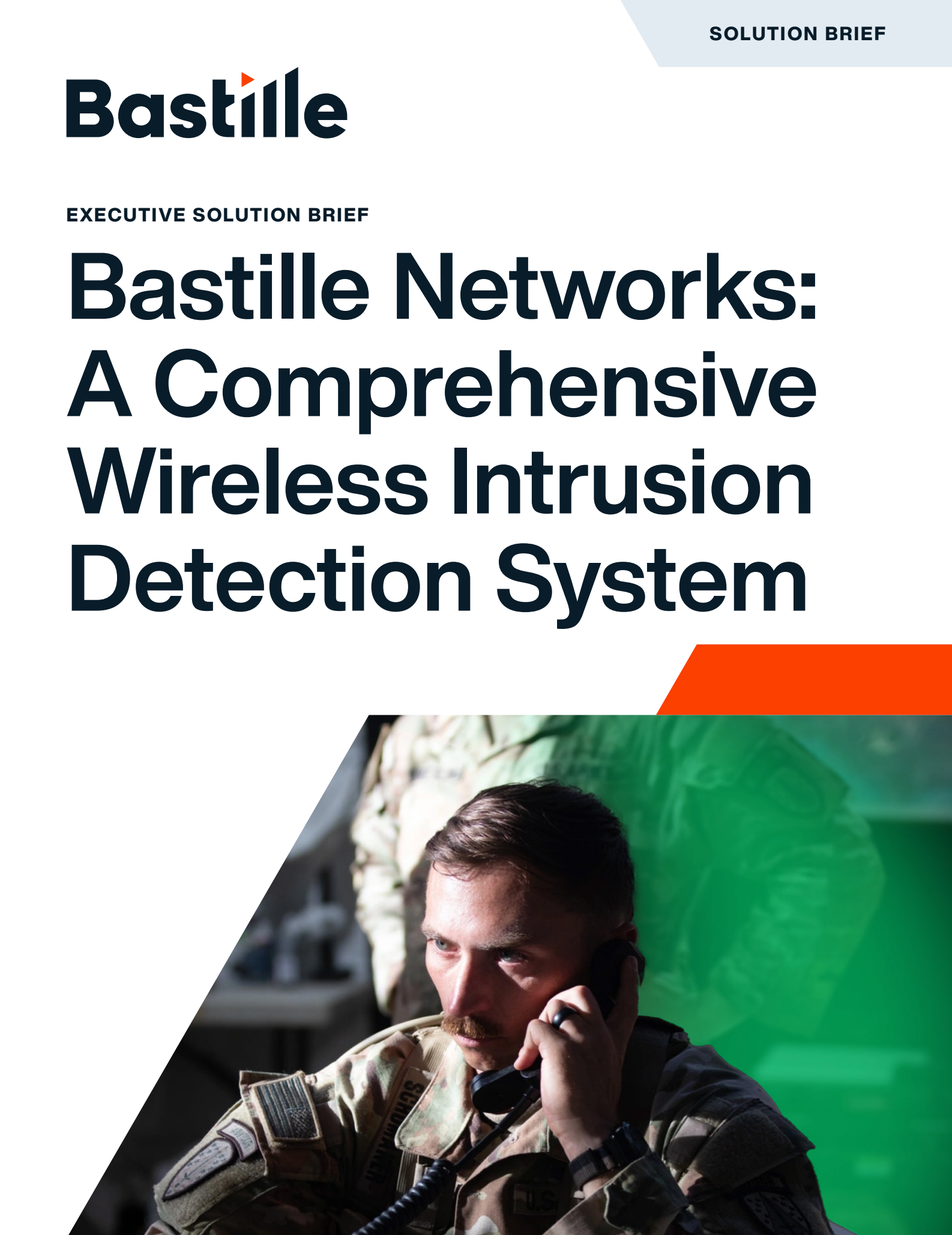
Cellular and IoT devices are transforming capital markets — from mobile phones on trading floors to IoT sensors in financial data centers. But these same devices also create new compliance risks. As the SEC and FINRA expand rules to address wireless and IoT usage, firms on Wall Street must adapt to ensure they remain compliant.
In this article, we’ll explore how cellular and IoT devices impact capital markets compliance, the risks of RF-enabled devices, and what financial firms can do to secure their wireless environments.
Why IoT and Cellular Devices Challenge Captial Markets Compliance
Capital markets firms face unique challenges because of the concentration of RF devices in trading environments:
- Mobile phones and tablets used by employees and contractors
- IoT devices such as sensors, wireless printers, and access controls
- Unmanaged wireless endpoints brought in by third parties
Each of these devices can capture, transmit, or leak sensitive financial data — creating risks for insider trading, market manipulation, or regulatory violations.
SEC and FINRA: Evolving Rules for Mobile and IoT Devices
Both the SEC and FINRA are updating their guidance to reflect the reality of cellular and IoT usage in financial firms:
- SEC Compliance Requirements: Firms must ensure all forms of communications related to securities transactions are recorded and preserved, regardless of device type.
- FINRA Rule 3110 & Supervision: Supervisory systems must account for mobile and IoT communications, ensuring that wireless devices are not being used to circumvent compliance obligations.
This means that even a single unauthorized device — whether a personal phone on the trading floor or a rogue IoT sensor — can represent a compliance gap.
The Compliance Risks of RF-Enabled Devices
The proliferation of RF-enabled devices has introduced new categories of risk for Wall Street:
- Shadow IT: Employees or contractors using personal devices without approval.
- Insider Threats: Unauthorized cellular and IoT devices providing new avenues for data exfiltration.
- Regulatory Blind Spots: Firms may not have visibility into all RF activity, leaving gaps in compliance monitoring.
These risks are amplified in trading environments, where timing, data security, and compliance oversight are critical.
Insider Threats, Shadow IT, and Wireless Blind Spots
Traditional compliance monitoring focuses on wired and Wi-Fi networks, but that leaves cellular, Bluetooth, ZigBee, Z-Wave, and LoRa devices largely unchecked.
Insider threats can exploit this blind spot by:
- Using cellular hotspots to bypass monitored networks.
- Introducing IoT devices that stream data undetected.
- Leveraging unmonitored RF frequencies to evade compliance logging.
Without the ability to detect and locate these devices, compliance officers cannot fully assess their firm’s regulatory exposure.
How Firms Can Mitigate IoT and Cellular Compliance Risks
To meet SEC and FINRA requirements while reducing RF risk, financial firms should:
- Gain full visibility into all cellular and IoT devices operating in their environment.
- Implement policies governing personal and corporate device usage.
- Continuously monitor RF spectrum activity for rogue or unauthorized devices.
- Perform regular wireless threat assessments to identify gaps before regulators do.
By proactively addressing RF risk, firms strengthen both compliance posture and security resilience.
How Bastille Helps Financial Firms Manage RF Risk
Bastille provides financial institutions with unprecedented visibility into the RF spectrum, enabling compliance teams to:
- Detect and locate all cellular and IoT devices in their environment.
- Identify unauthorized or rogue devices that could create compliance violations.
- Ensure supervisory systems align with SEC and FINRA requirements.
With Bastille’s Wireless Vulnerability Threat Assessment, financial firms can discover hidden IoT and cellular risks before they lead to fines, data loss, or insider trading violations.
Request a demo here.



